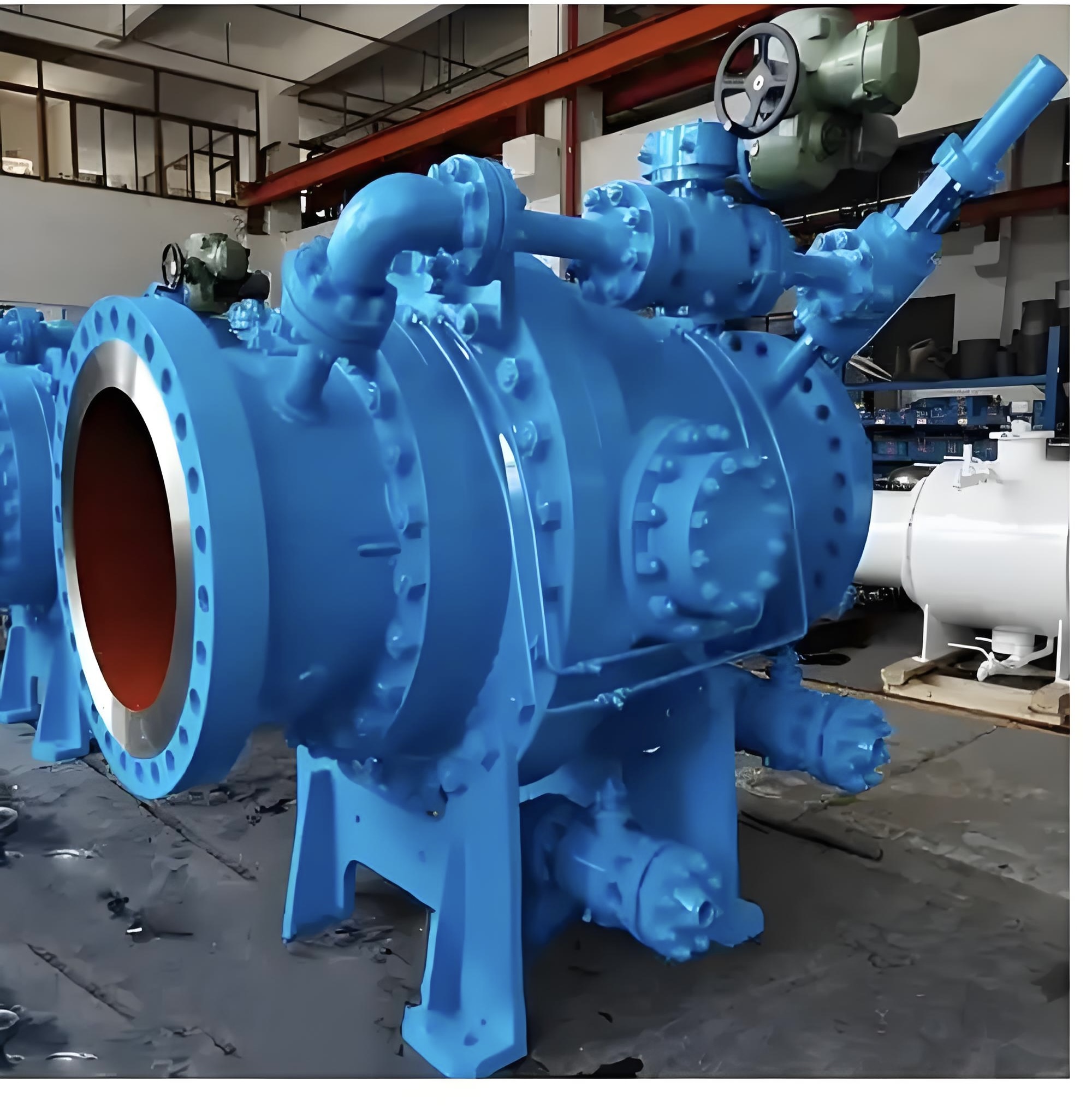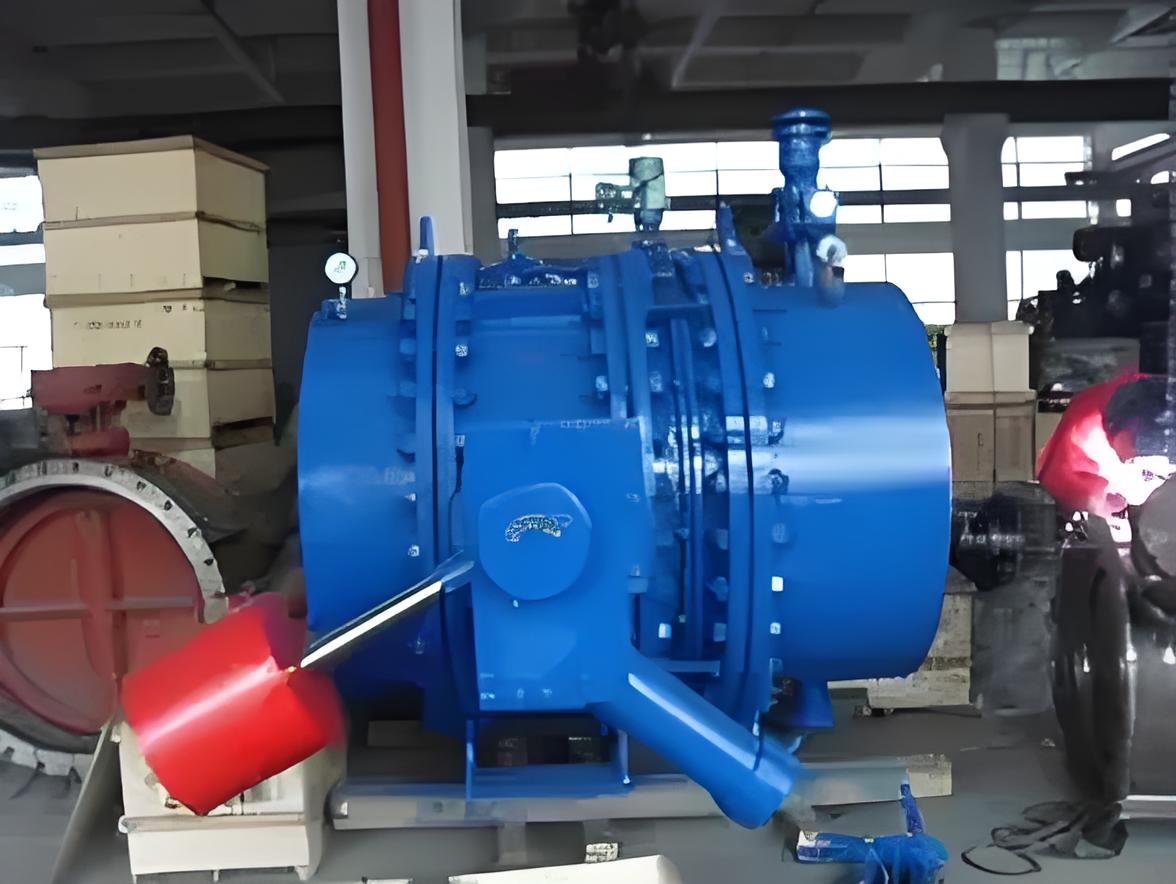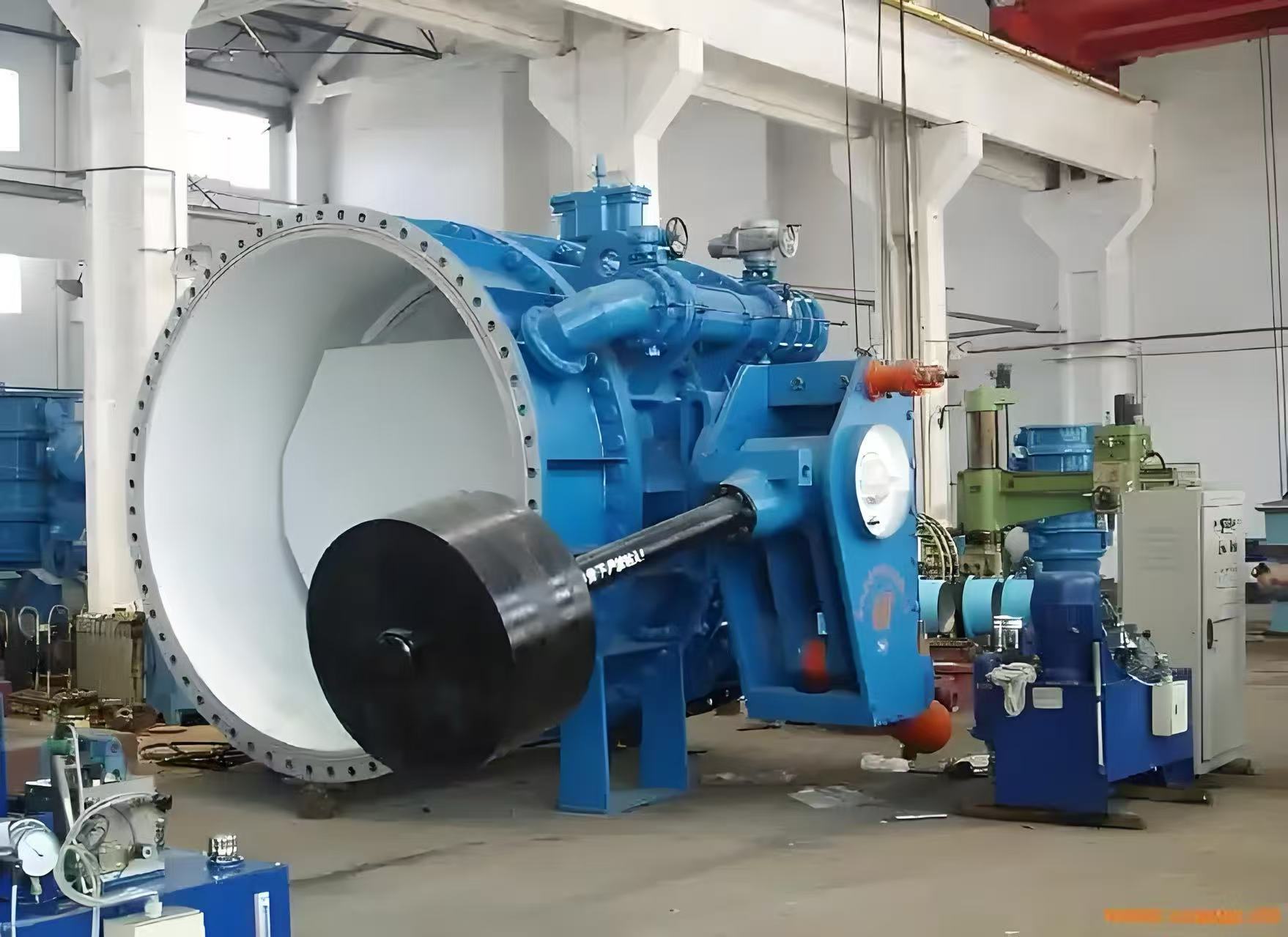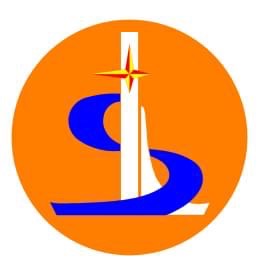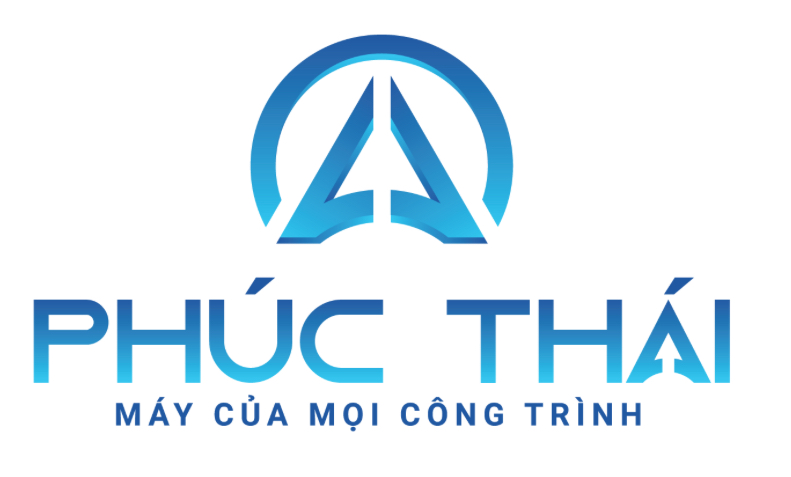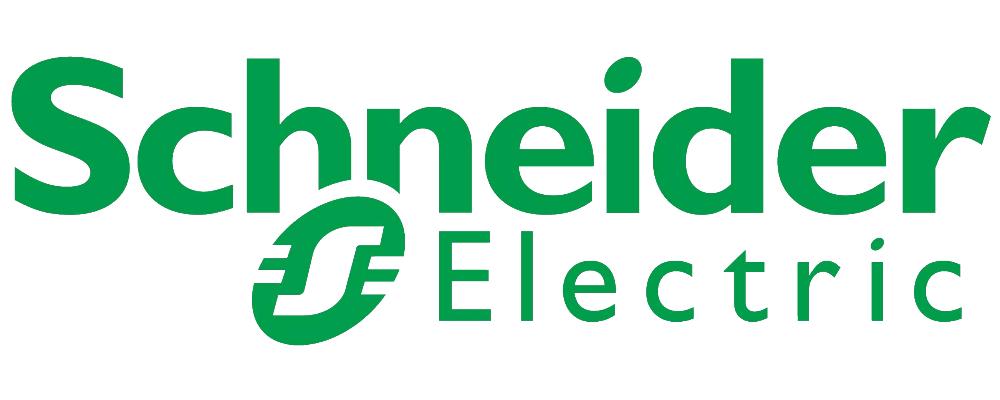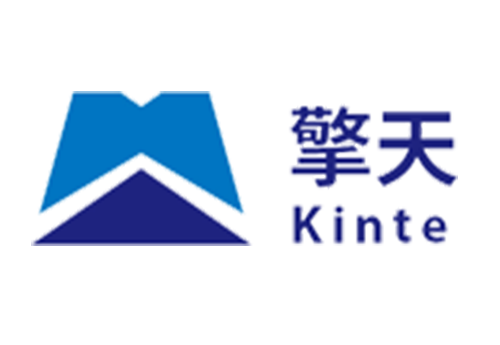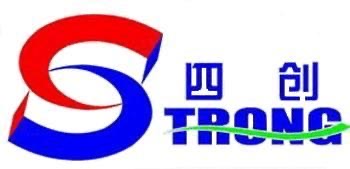Hydraulic-Controlled Ball Valve with Heavy Hammer
The hydraulic-controlled ball valve with a heavy hammer is a critical control device in the water intake system of a hydropower station, primarily used for quickly cutting off or connecting water flow to protect the turbine generator set and water conveyance pipeline. The following provides a detailed explanation from the aspects of structure, function, working principle, and characteristics:
1. Structure and Composition
Valve Body and Ball: Made of high-strength cast steel or forged steel, the ball can be hollow or solid, with a surface hardened to withstand high pressure and corrosion.
Sealing System: Double-seal design (operational seal + maintenance seal), typically combining metal hard seals and rubber soft seals to ensure zero leakage.
Hydraulic Drive System: Includes hydraulic cylinders, control valve groups, accumulators, and oil pumps, responsible for the normal opening and closing of the valve.
Heavy Hammer Mechanism: A heavy hammer block connected to the valve via a mechanical linkage serves as a backup power source for the hydraulic system. It relies on gravity to quickly close the valve in case of hydraulic failure.
Locking Device: Mechanically locks the valve in the fully open or fully closed position to prevent accidental movement.
2. Core Functions
Rapid Water Flow Cut-off: In case of turbine failure or power grid outage, the hydraulic system or heavy hammer mechanism can close the valve within tens of seconds to prevent water hammer damage to the pipeline.
Flow Regulation (Optional): Achieves aperture regulation through the hydraulic control system to adapt to different operational conditions.
Safety Protection: Includes features such as overspeed protection and emergency shutdown linkage, integrated with the turbine control system.
3. Working Principle
Normal Opening and Closing: The hydraulic system drives the piston rod to extend or retract, rotating the ball 90° to open or close the valve. The accumulator stores energy to ensure a closing operation even after power loss.
Emergency Closure: When the hydraulic system fails (such as loss of pressure), the heavy hammer mechanism automatically releases, forcing the ball valve to rotate to the closed position under the influence of gravity.
Seal Assurance: When the valve is closed, the hydraulic pressure or the force of the heavy hammer tightly presses the sealing surface to prevent high-pressure water leakage.
4. Technical Features
High Reliability: A dual redundancy design of hydraulic and mechanical systems ensures reliable operation under extreme conditions.
Low Flow Resistance Loss: When fully open, the ball passage is consistent with the pipeline diameter, resulting in minimal water resistance and reduced energy loss.
Long Service Life: Wear-resistant coatings, self-lubricating bearings, and regular seal maintenance extend the service life.
Intelligent Control: Can be integrated with sensors and PLCs to monitor the valve status, pressure, and position in real-time, enabling remote operation.
5. Selection and Maintenance Points
Selection Parameters: Nominal diameter (DN), pressure class (PN), material (e.g., WCB, CF8M), and operation time (usually ≤60 seconds).
Maintenance Suggestions:
Regularly check the cleanliness of the hydraulic oil and the pressure of the accumulator.
Test the manual release function of the heavy hammer mechanism to ensure there is no jamming.
Replace seals every 3-5 years and conduct valve operation tests at least once a year.
6. Common Issues and Solutions
Inadequate Closure: Check for wear on the seal surface or foreign objects blocking the seal, clean or replace the seal ring.
Leakage in the Hydraulic System: Replace the seal ring or inspect the solenoid valve.
Delayed Heavy Hammer Action: Lubricate the linkage mechanism and check if the counterweight is obstructed.
The hydraulic-controlled ball valve with a heavy hammer, designed with an integrated electro-hydraulic and mechanical system, is a critical line of defense for the safe operation of a hydropower station. Its rapid response and multiple protection mechanisms effectively address risks such as water hammer and turbine failure, making it an essential core device in modern hydropower stations.


